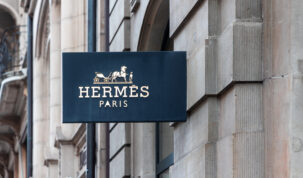The recent case of smart phone maker Xiaomi coming under investigation for misleading consumers through false advertising, is a cautionary tale for companies seeking to promote their products and services in China. The company was caught by the New Advertising Law in China, enacted on 1st September 2015, which clamps down on fictitious advertising. By using words like ‘best’ and ‘most’, Xiaomi invoked superlatives that could not be objectively proved in order to induce customers to buy its product. This case is a wakeup call to companies in China who attempt to use hyperbole as part of their marketing campaign, as essentially any statement that cannot be verified puts them at risk of being caught under the new regime.
The New Law, which had not been reformed for 20 years, safeguards the rights of consumers and prohibits the use, by companies, of promotional material which cannot be substantiated. In order to refute a claim brought by an aggrieved consumer, objective criteria can be advanced. This includes statistics, scientific evidence and proof of geographic origin to defend the claim.
Even prior to the New Law being enacted, there were signs last year that the scales were tilting in favour of the consumer. When Procter & Gamble came under scrutiny in March 2014 for using touched-up digital images to enhance the impact of its whitening effects for its Crest brand of toothpaste, the global MNC was fined nearly US$1 million for employing misleading advertising.
In addition to stipulating more stringent measures, the New Law empowers the AIC with a wide-reaching mandate, which enables it, amongst its other policing powers, to inspect the premises of a company, confiscate documents and close down suspect operations. At a time when the New Law is seeking to boost the transparency of information and clarify the language used in advertising, the augmented scope of the AIC’s powers make it an even more accessible forum for aggrieved consumers… and the number of complaints is on the rise.
The anti-puffery provision is another new component of the law that brand owners should be wary of. Celebrities who endorse a product, for example, could also be held jointly and severally liable for false advertisements. They are advised to tread carefully before endorsing lookalike products given that they could be accused of passing off. Due diligence into the veracity of the advertising – and the product – prior to endorsement is therefore strongly advised.
A key take-away from the new regime and the cases outlined above is that companies should ensure that they are fully compliant with the stricter measures as well as the sanctions that they could potentially be caught by. For brand owners what the new regime does is to give them a mechanism through which to robustly protect their rights, but for potential infringers it is more than monetary compensation at stake. If a claim is fabricated, they run the risk of tainting their reputation irreparably and on a global scale.
Ai-Leen Lim, CEO and Principal Counsel, AWA Asia




